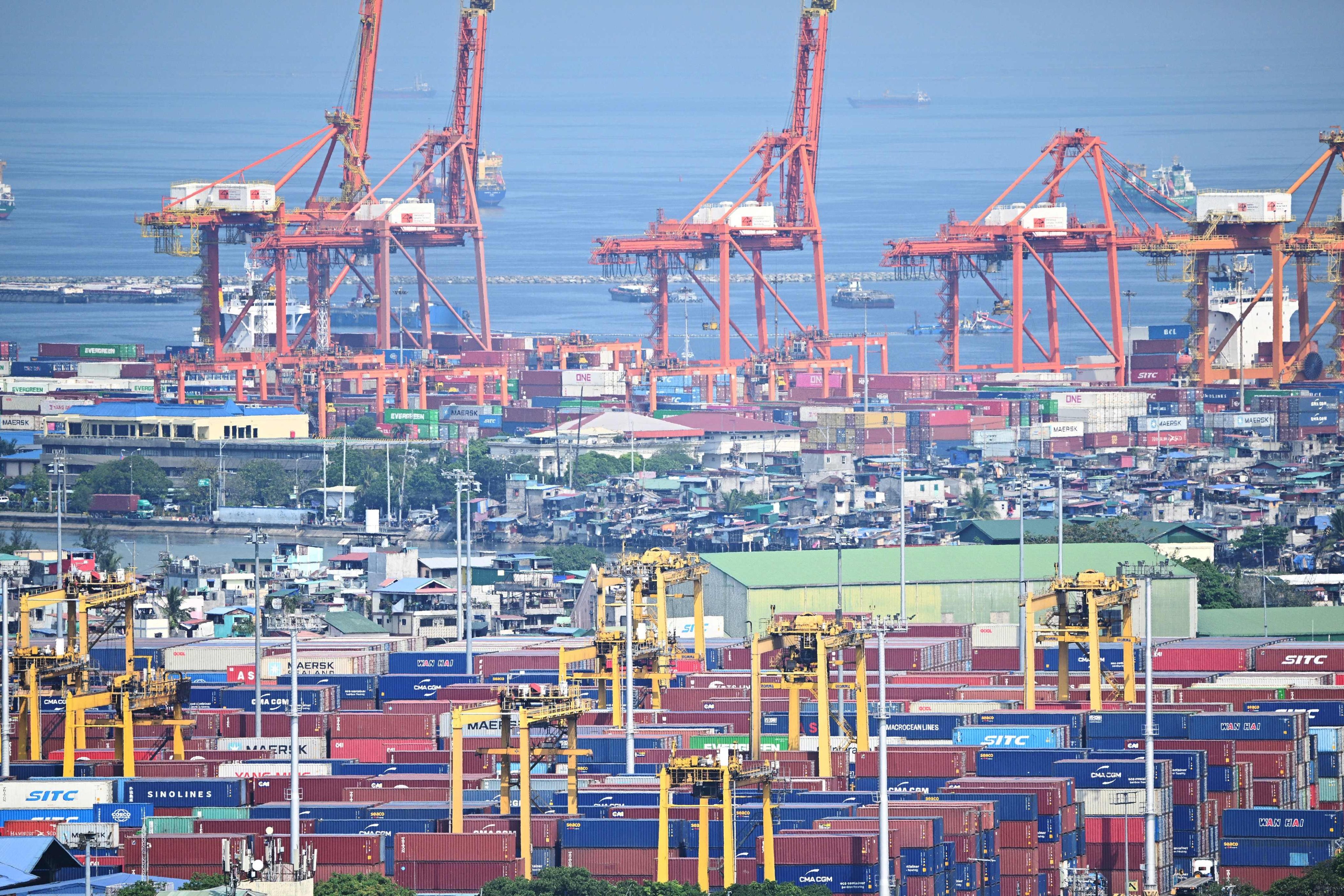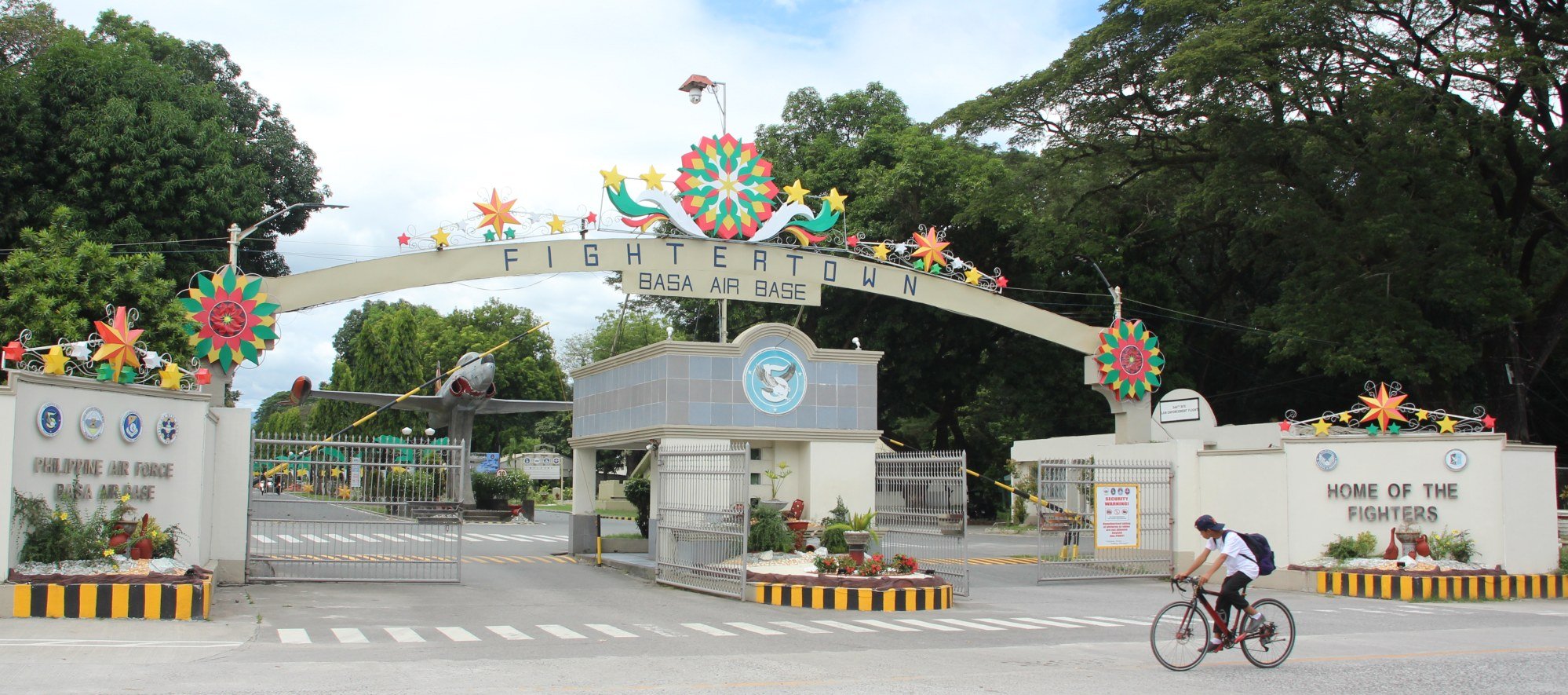US, Japan put Philippine railway project back on track
The Subic–Clark–Manila–Batangas Railway will be almost triple the length and more expensive than the initial China-backed proposal

A long-delayed railway that would link key military bases and economic hubs in the Philippines has been resurrected – this time with the backing of the United States and Japan, replacing an earlier plan funded by China that quietly fell through.
Analysts see the railway’s revival as part of broader efforts by the US and Japan to counter China’s regional influence, positioning the project as both a trade route and a strategic asset that enhances their military and security ties with the Philippines.
The 212km (132-mile) Subic–Clark–Manila–Batangas (SCMB) Railway is now set to become the central spine of the Luzon Economic Corridor – a flagship initiative launched in April of last year by the US, Japan and the Philippines to enhance regional infrastructure and supply-chain connectivity.
On Friday, the US embassy in Manila said Washington would kick-start the project by funding technical help through the US Trade and Development Agency (USTDA), though it did not specify the amount.
“The railway is envisioned to be the backbone of the Luzon Economic Corridor, which will accelerate critical infrastructure investment and drive economic transformation in the Philippines,” the USTDA said.

Thomas Hardy, the agency’s acting director, said the project underscored the “vital role” of the US-Philippines alliance in keeping the Indo-Pacific “free and open”, and would help create “an essential trading route that will mutually benefit American and Philippine citizens”.
The USTDA selected The Cadmus Group, a consultancy based in Virginia, to provide technical support including transport modelling, port-rail integration analysis and legal planning. Hardy added that funding for the railway’s construction was expected to come from the Asian Development Bank.
Analysts say the new plan allows Washington to counter China’s infrastructure diplomacy and project soft power in the region – at a time when its influence is seen to be waning.
“The road project may be a way for the US to match China’s Belt and Road Initiative, which is making waves in Indonesia and other Asean countries through the speed train project that linked Bandung with Indonesia, and which Malaysia wants to replicate,” Roland Simbulan, chairman of the Centre for People Empowerment in Governance, told This Week in Asia.
“The US wants to show that it is not just military power but that it still has economic and other forms of soft power to support its declining influence in the region, after the retreat of USAID,” added Simbulan, who has written extensively on US-Philippines military ties.
The rail line’s strategic relevance is not new. The original plan – funded by China under former president Rodrigo Duterte’s “Build, Build, Build” initiative – was to connect the former American military bases in Subic and Clark, now repurposed as commercial zones but still used for military operations.
In December 2020, China Harbour Engineering was awarded the contract to build the 71km (44-mile) segment, after technical studies were completed. But despite Manila submitting loan applications in 2021, the China Eximbank did not act on the requests.

By mid-2022, Duterte’s finance secretary Carlos Dominguez III declared the loan application “deemed withdrawn” due to inaction on China’s part.
A source who worked in the Duterte government told This Week in Asia that one of the reasons the project stalled was that the military and officials had objected for reasons related to security and defence.
Both Clark and Subic were being used by the military, and the railway would link areas close to three key Philippine military installations: Camp O’Donnell in the neighbouring province of Tarlac; the biggest army camp, Fort Magsaysay, in Nueva Ecija province; and Basa Air Base in neighbouring Pampanga province.
Armed Forces spokeswoman Colonel Margareth Francel Padilla declined to speak on the broader security implications of the rail project. “Rest assured, the Armed Forces of the Philippines remains committed to supporting all national infrastructure efforts in line with our mandate to ensure peace, security and development,” she said.
‘Highly beneficial’
Under the newly proposed plan, the SCMB railway, which will mainly carry cargo, will be almost triple the length of the China-backed railway and will be extended to the port in Batangas and all the way to Manila.
“The development of a cargo railway presents substantial economic advantages, chiefly through the reduction of transport costs, the stimulation of trade and industrial expansion, and the alleviation of road congestion,” Ron Acoba, an investment strategist who founded the Trading Edge Training & Consultancy, told This Week in Asia.
He called the railway “highly beneficial”, “particularly given that the majority of freight is currently transported by trucks – resulting in significant road congestion and costing the country billions in lost productivity each day”.
Acoba said the railway could “transport large volumes of goods efficiently over extended distances, thereby facilitating stronger connections between key industrial centres and distribution networks”.
There was a risk, though, of “political discontinuity” if the next administration, which would take over in 2028, dropped the project. “There’s a long list of large-scale infrastructure and public-private partnership projects that were delayed or shelved after a change in administration,” he said. “The NorthRail Project, originally with Chinese funding, was repeatedly cancelled and revived over multiple administrations.”
Jonathan Ravelas, a former chief market strategist of the Philippines’ largest bank BDO, was equally enthusiastic about the railway, describing it as “a transformative project with strong potential to boost economic growth and deepen strategic – and security – ties” with both the US and Japan.
Besides cutting congestion in the Port of Manila, it would lower transport costs, attract foreign investment and create jobs – especially in manufacturing, logistics and construction, Ravelas, now the managing director of eManagement for Business and Marketing Services, told This Week in Asia.

But he cautioned on potential downsides such as problems with long-term financing and maintenance costs, possible delays and cost overruns which could strain Manila’s resources “if not planned sustainably” and hinder the project’s success and public trust.
“Large-scale infrastructure projects can [also] disrupt ecosystems and communities if not carefully managed,” he said.
For the average Filipino farmer, though, the railway would not be of much help unless the current small farms were consolidated into bigger commercial farms, said Fermin Adriano, a former agriculture and policy consultant in international agencies who once served as agriculture undersecretary under the Duterte administration.
“The problem is that the volume our farmers produce is just enough to fill up a Jeepney and not a huge wagon train,” he told This Week in Asia.
It could work if farm operations were centralised, he said, but “this will require farm clustering and consolidation, which will be resisted by agrarian reform advocates and leftists pushing for genuine agrarian reform”.